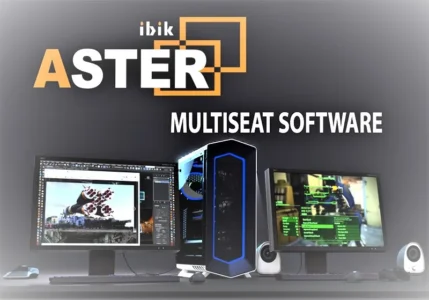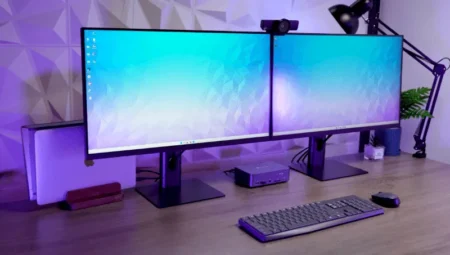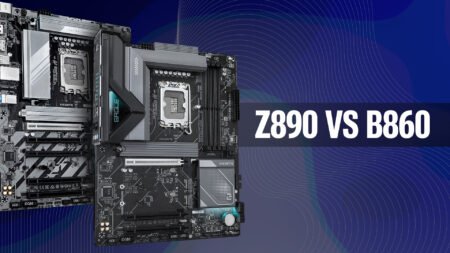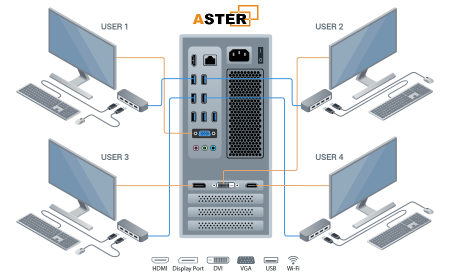The demands for efficient computer usage are becoming increasingly stringent. One solution for enhancing productivity is the capability for multiple users to share a computer simultaneously – multi-user work on a PC. Simultaneous PC use is particularly relevant for educational purposes, such as when two children study at one computer, or in offices where workspace savings are crucial. Here, we will explore why the implementation of two independent mouse cursors is essential for effective multi-user functionality on a single PC.
The Need for Independent Mouse Cursors
A traditional computer setup allows for only one active cursor controlled by a single input device. However, when multiple users need to interact with the same machine, this limitation creates inefficiencies. The need for independent mouse cursors arises from several key factors:
- Enhanced Collaboration
- In educational settings, students often need to work together on digital tasks. With two independent cursors, they can simultaneously interact with applications, edit documents, and conduct research without waiting for their turn.
- In workplaces, dual-cursor functionality allows team members to co-edit files, review presentations, and brainstorm in real time, enhancing workflow efficiency.
- Improved Accessibility
- Individuals with disabilities often require specialized input devices to navigate computers effectively. Multi-cursor setups enable caregivers or assistants to provide real-time support without interrupting the user’s control.
- In learning environments, teachers can guide students by demonstrating directly on the screen while allowing students to practice simultaneously.
- Efficient Resource Utilization
- Many educational institutions and offices face budgetary constraints, limiting their ability to provide a separate PC for each user. Multi-user setups with dual cursors enable cost-effective resource sharing.
- Workspace limitations in compact offices or shared environments make dual-cursor setups a practical solution for maximizing productivity in a confined space.
- Increased Productivity in Specific Applications
- Graphic designers, programmers, and engineers frequently work on projects requiring input from multiple team members. Independent cursors facilitate efficient cooperation in designing interfaces, debugging code, or modeling structures.
- In customer support and training environments, instructors or IT personnel can guide users through complex software without taking over their primary control.
Technical Considerations
The development and implementation of two independent cursors require software and hardware adaptations. Some solutions include:
- Virtualized input management: Software that recognizes multiple mice and assigns distinct cursors to each.
- Operating system support: Windows and Linux systems can be modified to handle multiple input devices simultaneously through third-party tools and system configurations.
- Hardware solutions: Special USB hubs and drivers can support multiple pointing devices with separate identifiers.
Conclusion
The ability to use two independent mouse cursors on a single PC is an essential innovation that facilitates collaboration, accessibility, resource efficiency, and productivity. Whether in educational environments, offices, or specialized industries, dual-cursor setups enhance interactive engagement and allow users to work together seamlessly. As technology advances, operating systems and software developers should prioritize multi-user input solutions to meet the growing demand for shared computing resources.
Warning: Using two mice and two mouse cursors simultaneously without specialized software like ASTER can lead to usability issues, reduced efficiency, and conflicts between users.












